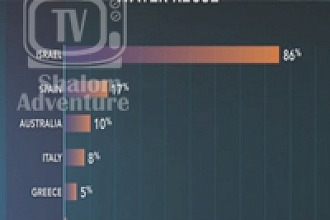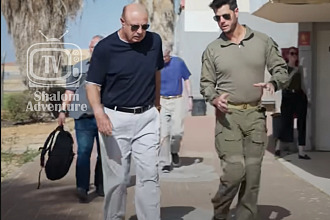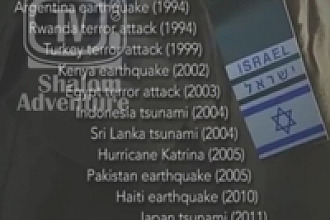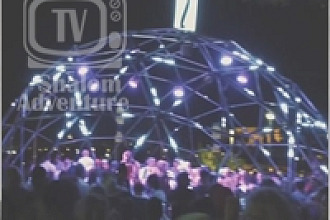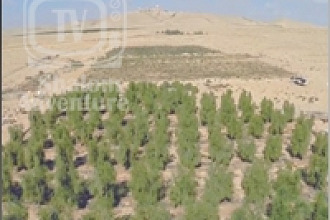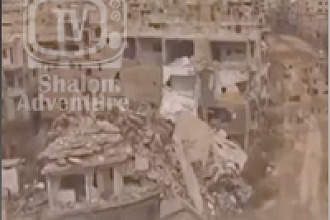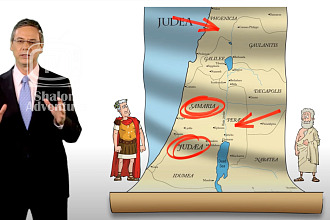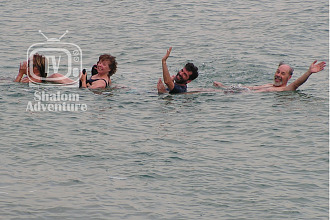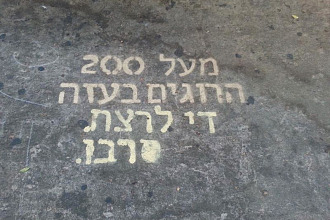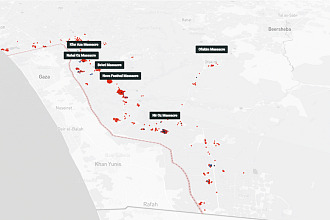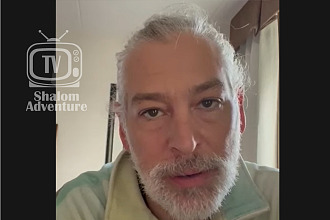Originally built as a fortress as one of King Uziah’s early construction projects, Qumran (Secacah or “city of salt”) is located in a marlstone hill in Judean Hills of West Bank above Dead Sea.
The area consists of numerous limestone caves - some natural, some manmade – and may have been one of the early Biblical desert cities in the Judah tribal villages. First excavated by Catholic priest Roland deVaux in 1953-1956, the caves have been found to contain many financial, military, legal, administrative, and personal texts from refugees of the Bar Kokhba Revolt.
Qumran is most famously known for being the home of the Dead Sea Scrolls, dating back to the mid Second Temple era, 3rd century BCE. The scrolls were primarily written in Hebrew, 15% Aramaic, some Greek, and found scattered between 11 caves. The original documents were written with carbon ink on parchment, though some were written on papyrus, others on animal skins, and one scroll was even engraved on copper. The scroll on copper was found in cave 3 and detailed underground hiding places throughout land of Israel for the gold, silver, and other treasures from the Temple in Jerusalem.
To date, 825-870 separate scrolls, 230 manuscripts, some Biblical and some non-Biblical, every book of Hebrew canon except Esther have been recovered from the caves of the Qumran region. This specifically includes 19 copies Isaiah, 25 copies of Deuteronomy, and 30 copies of Psalms. Prophecies by Ezekiel, Jeremiah, and Daniel were found to be written in scrolls but not included in the Bible. Despite harsh desert conditions and the passage of time, the Temple Scroll was fairly well preserved. Found in cave 11, the Temple Scroll is currently 26.7 feet long now compared to over 28 feet long originally.
Qumran Dam was the site of purification rituals requiring so much water to operate that water had to be diverted into aqueduct to site of the rituals, and stored in cisterns. Essenes lived in caves and tents in area during Hellenistic period, and channeled water from the wadi during the infrequent winter rains for use in the purification rituals.
The original Scriptorium is located in the second story of building where scrolls believed to be copied. No scrolls have actually found at this location to date, but numerous inkwells, writing benches, and pottery remnants have been recovered.
Written by Erin Parfet








